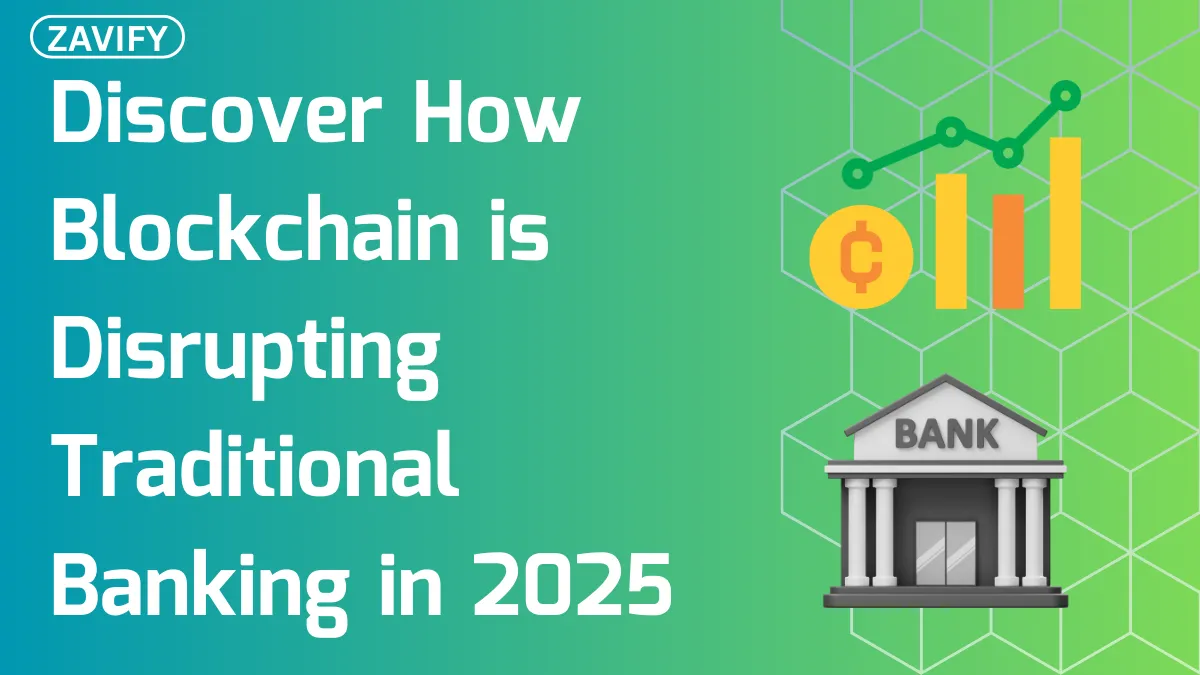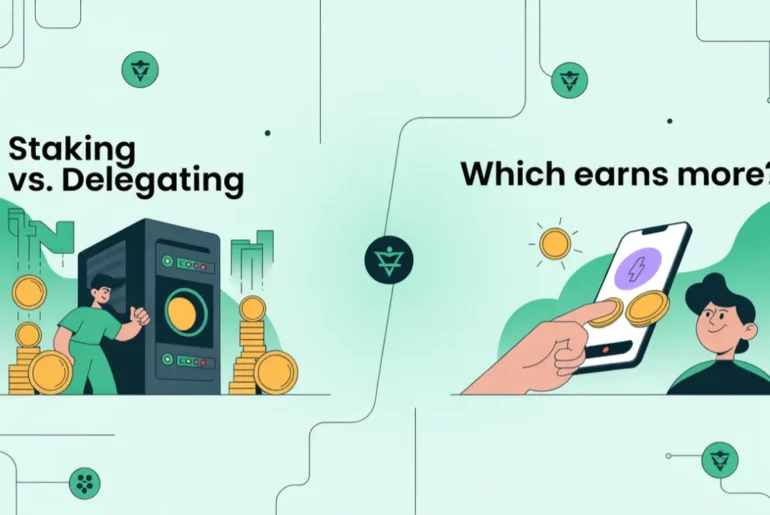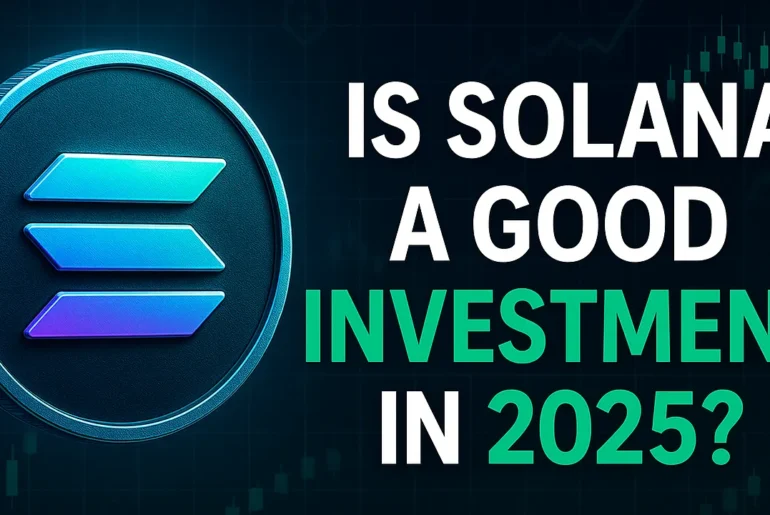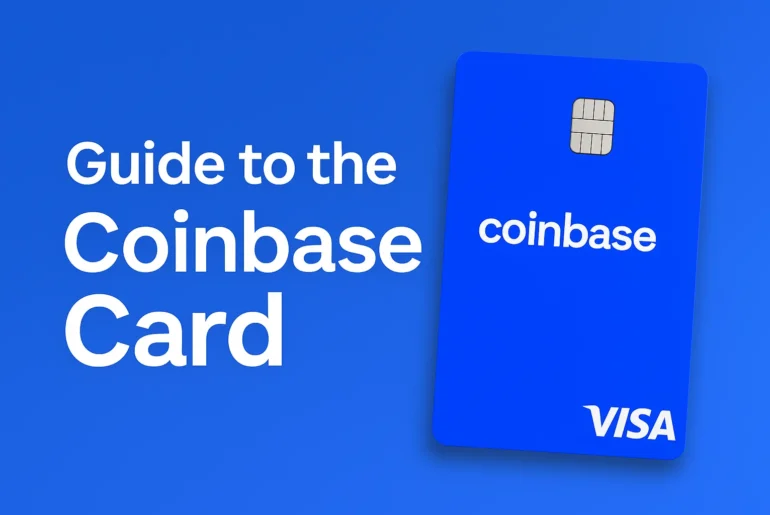Introduction: The Financial Tipping Point
Naveen Mallela, head of coin systems at JPMorgan, said it well: “Money is electronic today, but what is missing is programmability.” That is the goal. Blockchain technology is making this vision a reality in 2025, and it will completely change the way banks work. According to research, using blockchain in the finance industry could save companies at least $12 billion a year. By 2026, Forbes says the blockchain market for financial services could be worth $22.46 billion. This article talks about how blockchain is changing the way banks work by fixing problems that have been there for a long time and coming up with new ideas. We’ll examine some of the most significant disruption trends, practical applications, and their implications for tech-savvy investors, financial professionals, and crypto enthusiasts. These include decentralised finance (DeFi) and real-time international payments.
Why it was time for something new to happen in banking
For a long time, traditional banking has been vulnerable to disruption because of the following problems:
- High Fees: The average monthly maintenance fee for checking accounts in 2025 is $13.95, which adds up to more than $167 a year. MoneyRates says that overdraft fees are an average of $30.82 each time and out-of-network ATM fees are $4.55.
- Delays: The Bank for International Settlements (BIS) World Bank says that international wire transfers can take up to five business days to settle, which costs billions of dollars a year in lost liquidity.
- Lack of Transparency: In 2023, only 20% of U.S. consumers fully trusted financial institutions, down from 28% in 2021. This shows that people are still worried about how open they are.
- Centralization and Outdated Infrastructure: Centralized systems are prone to single points of failure, and legacy infrastructure struggles to meet modern demands for speed and accessibility.
- Compliance Issues: Banks faced $3.65 billion in global penalties in 2024 for violations, including anti-money laundering (AML) breaches, highlighting ongoing compliance challenges Fenergo.
These problems, along with unhappy customers, have made it possible for blockchain to offer faster, cheaper, and more open options.
What Blockchain Brings to the Table
Blockchain technology offers revolutionary features that solve the drawbacks of banking:
- Decentralization: Blockchain functions on a dispersed network of nodes, which lessens dependency on middlemen and increases resilience in contrast to centralised banking systems. For instance, a central clearinghouse is not required when a transaction is validated by several nodes.
- Smart Contracts: These self-executing contracts simplify procedures like loan agreements or trade finance by automatically enforcing terms when conditions are met without the need for human intervention.
- Tokenization: Digital tokens enable faster transfers, more liquidity, and fractional ownership by representing assets like stocks or real estate. For instance, tokenizing a property allows several investors to own shares without the need for complex paperwork.
- Public vs. Private Blockchains: While private blockchains, which are utilized by banks like JPMorgan, provide controlled access for enterprise applications, public blockchains, such as Ethereum, are accessible to everyone and promote transparency (Investopedia).
These characteristics serve as the foundation for blockchain’s disruption, allowing for creative financial solutions that go against established banking paradigms.
5 Ways Blockchain Will Affect Conventional Banks in 2025
Instantaneous Worldwide Payments
Blockchain makes it possible to make international payments almost instantly, which drastically cuts down on settlement expenses and times. In contrast to traditional remittances, which can cost up to 6.62% of Ripple, Ripple’s technology settles transactions in 3-5 seconds with fees as low as 0.00001 XRP. Similar capabilities are provided by Stellar, which resolves transactions for fractions of a cent in 2–5 seconds. The scalability of blockchain for real-time payments has been demonstrated by JPMorgan’s Kinexys platform, formerly Onyx, which has processed over $1.5 trillion in transactions, averaging $2 billion per day.
International Trade Without Middlemen
Cryptocurrencies and blockchain technology improve financial inclusion by enabling cross-border transactions without middlemen. In the Philippines, where 76% of the population does not have access to banking, stablecoins like PHPC are used by Coins.ph and other platforms to enable inexpensive remittances. Bitcoin was legalized in El Salvador in 2021 with the intention of stimulating remittances that constituted 23% of GDP in 2020. However, the adoption remained uneven with a dip of 45% in cryptocurrency remittances in Q1 2025 due to Coinpedia’s trust issues and volatility.
Lending Without Banks and DeFi
Users can deal with Aave and Compound, two Decentralized finance (DeFi) platforms, directly using smart contracts without bank access. Functions and assets on Aave include flash loans, making it the biggest DeFi lending platform in 2025. The platform offers offerings such as Cryptowiz algorithmic interest rates with a focus on Compound. Therefore, banks are moving towards implementing hybrid DeFi models using blockchain technology to offer decentralized service within already existing regulations and restrictions. (Tekedia).
Tokenized Currencies and CBDCs
Leading the way in the expanding trend of Central Bank Digital Currencies, or CBDCs, are China and India. According to Forbes, China’s digital yuan reached a transaction volume of 7 trillion e-CNY ($986 billion) by June 2024, despite the country’s limited public adoption. India’s e-rupee rose 334% to ₹10.16 billion ($122 million) by March 2025, according to a report by the Atlantic Council. Brazil plans to launch its DREX CBDC at the 2025 OMFIF. These CBDCs may reduce reliance on well-known payment systems like SWIFT with initiatives like mBridge Nasdaq.
Blockchain-Based Identity & Compliance
Blockchain in banking streamlines Know Your Customer (KYC) processes with on-chain solutions. Platforms like Civic and SelfKey reduce onboarding costs by facilitating secure, reusable identity verification. SoluLab. Banks are working with these platforms to enhance compliance by utilising smart contracts to automate regulatory checks and boost efficiency and transparency.
Case Studies from the Real World (2024–2025)
| Bank/Institution | Blockchain Use Case | Technology Used | Result |
|---|---|---|---|
| HSBC | Trade Finance | Corda (R3) | Processing times were shortened from days to hours. |
| Circle | Stablecoin Integration | USDC | Collaborations with financial institutions such as BNY and SBI to incorporate USDC |
| Central Bank of Nigeria | CBDC | eNaira | Low uptake, with less than 1% of the currency in use |
| People’s Bank of China | CBDC | Digital Yuan | By June 2024, the volume of transactions had reached 7 trillion e-CNY. |
- HSBC and Trade Finance: By digitising trade finance using the Corda blockchain platform, HSBC has cut the processing time for letters of credit from five to ten days to twenty-four hours. Even after the Contour platform shut down in 2023, HSBC is still investigating blockchain solutions, such as Emerald Insight.
- Circle and USDC Integration: To enable stablecoin-based payments and custody services PYMNTS, Circle has teamed up with banks such as BNY Mellon and SBI to integrate USDC.
- Nigeria’s eNaira: Introduced in 2021, but as of March 2024, it only makes up 1% of the country’s total currency in circulation. Fintech Magazine Africa reports that the eNaira’s low public uptake has hampered its adoption.
- China’s Digital Yuan: According to Digital Watch Observatory, 90% of survey participants have never used the digital yuan, despite the fact that it has seen a notable increase in transaction volume.
Risks and Difficulties in the Transition
There are various obstacles to the transition to blockchain-based banking:
- Regulatory Obstacles: While the U.S. faces fragmented oversight from organisations like the SEC and CFTC Atlantic Council, the EU’s Markets in Crypto-Assets (MiCA) regulation, which goes into effect in 2025, offers a clear framework. Global adoption is made more difficult for developing countries by differing regulatory clarity.
- Security Risks in DeFi: DeFi hacks exposed flaws in Halborn’s smart contracts, causing losses of $1.5 billion in February 2025 alone.
- Trust Issues: Coinpedia user adoption is hampered by the complexity of DeFi platforms and public scepticism, as evidenced by El Salvador’s adoption of Bitcoin.
- Banking Industry Resistance: Although many are now adopting hybrid solutions like Tekedia, traditional banks may be resistant to blockchain because it poses a threat to their business models.
Key Areas of Banking Disrupted by Blockchain (2025)
Blockchain’s Impact on Core Banking Metrics
What This Means for You (Investor, Consumer, or Business Owner)
- Investors: Blockchain presents opportunities for DeFi and cryptocurrency assets, but caution is necessary due to regulatory risks and volatility. Utilise secure wallets such as MetaMask or Ledger, and use resources like CoinMarketCap to stay updated.
- Consumers: While DeFi platforms like Aave offer lending and borrowing options Koinly, crypto-friendly banks like Revolut, Monzo, and USAA offer integrated crypto services.
- Business Owners: By collaborating with platforms such as Circle Circle, use blockchain technology for supply chain management, trade finance, or cryptocurrency payment acceptance.
Important Platforms to Keep an Eye on:
- Hybrid Banks: Revolut, Monzo, USAA, Silicon Valley Bank
- DeFi Projects: Aave, Compound, Uniswap
FAQs
- Will blockchain replace banks?
As banks use hybrid models to incorporate blockchain’s advantages, blockchain is more likely to change banking through cooperation than to replace it. Tekedia. - Is blockchain safer than traditional banking?
Security is improved by blockchain’s decentralisation and cryptography, but threats like smart contract vulnerabilities still exist. Halborn, traditional banking provides well-established protections but lacks transparency. - Can I get a loan through DeFi in 2025?
Indeed, crypto lending and borrowing are made possible by platforms like Aave and Compound; however, users must control risks like volatility and Cryptowiz hacks. - What banks are using blockchain right now?
Blockchain is being actively used by JPMorgan (Kinexys), HSBC (trade finance), and banks that have partnered with Circle (USDC).
Conclusion: Hybrid Finance Is the Way of the Future
The future of finance will surely not be an end of fight between bank and blockchain but a gradual evolutionary shift. Banks would typically digitize their operations while comply with trust in their transactional compliance to adopt and go for the technology. Anticipate some of the difference expected by 2026: regulated DeFi platforms, broader CBDC adoption, and ever more increasing usage of programmable money for automatic transactions. This is what that hybrid model really promises: a financial system that has opportunities both for innovation and inclusiveness while taking the best from both worlds.
Read More: The Visa® Debit Card That Rewards Crypto
Citations:
- Forbes
- MoneyRates
- World Bank
- Statista
- Ripple
- Stellar
- JPMorgan
- CoinDesk
- Coinpedia
- Cryptowiz
- Tekedia
- Atlantic Council
- OMFIF
- Nasdaq
- SoluLab
- Emerald Insight
- PYMNTS
- Fintech Magazine Africa
- Digital Watch Observatory
- Halborn
- Koinly
- Circle
- CoinMarketCap







